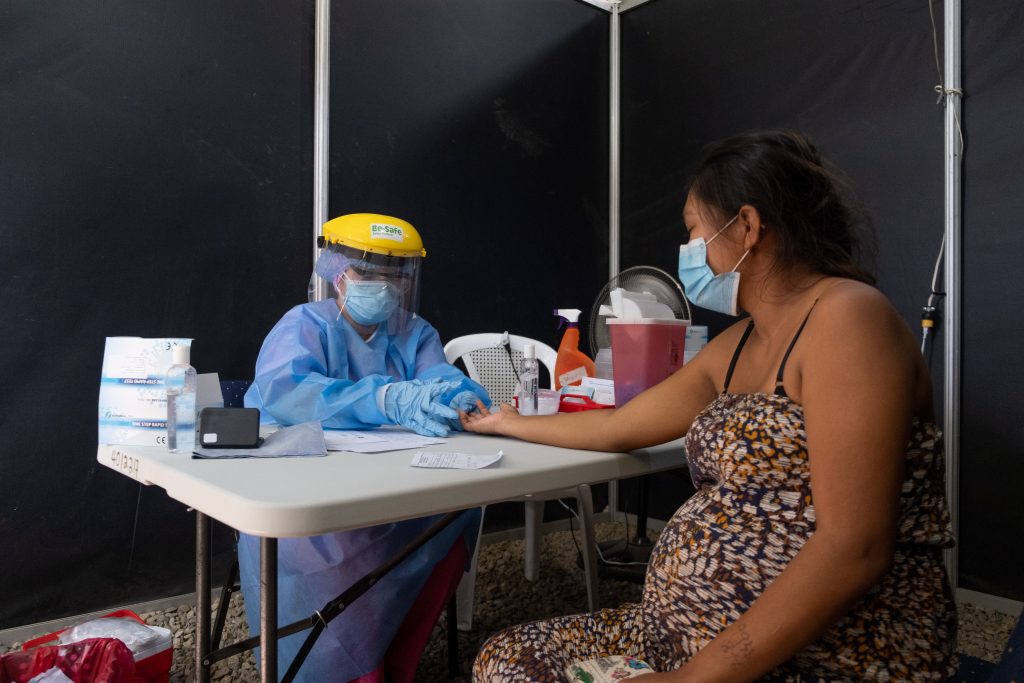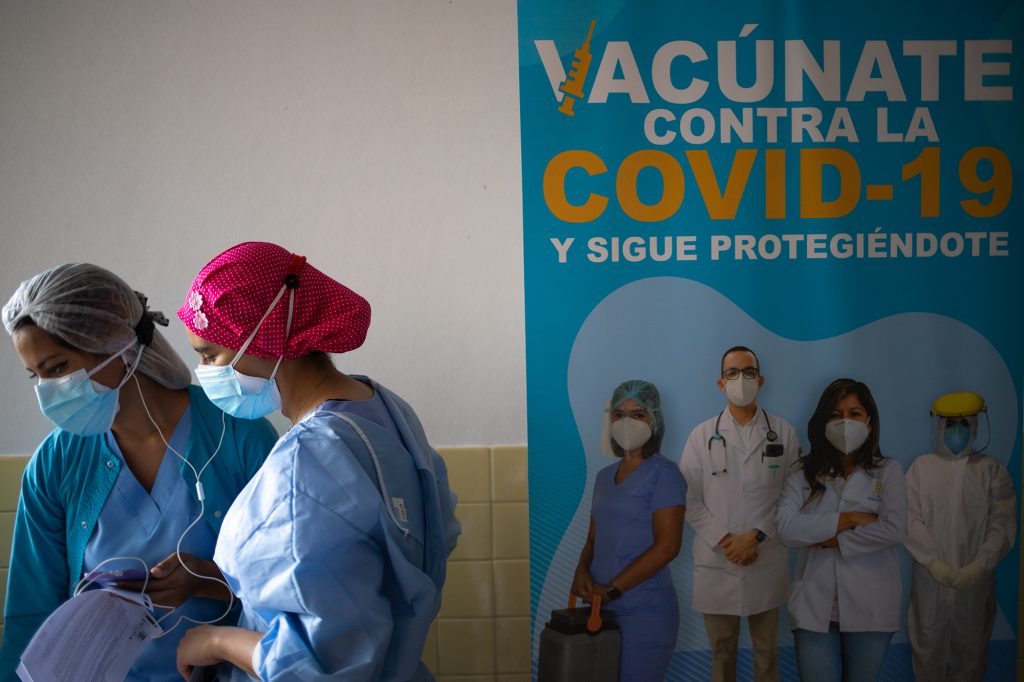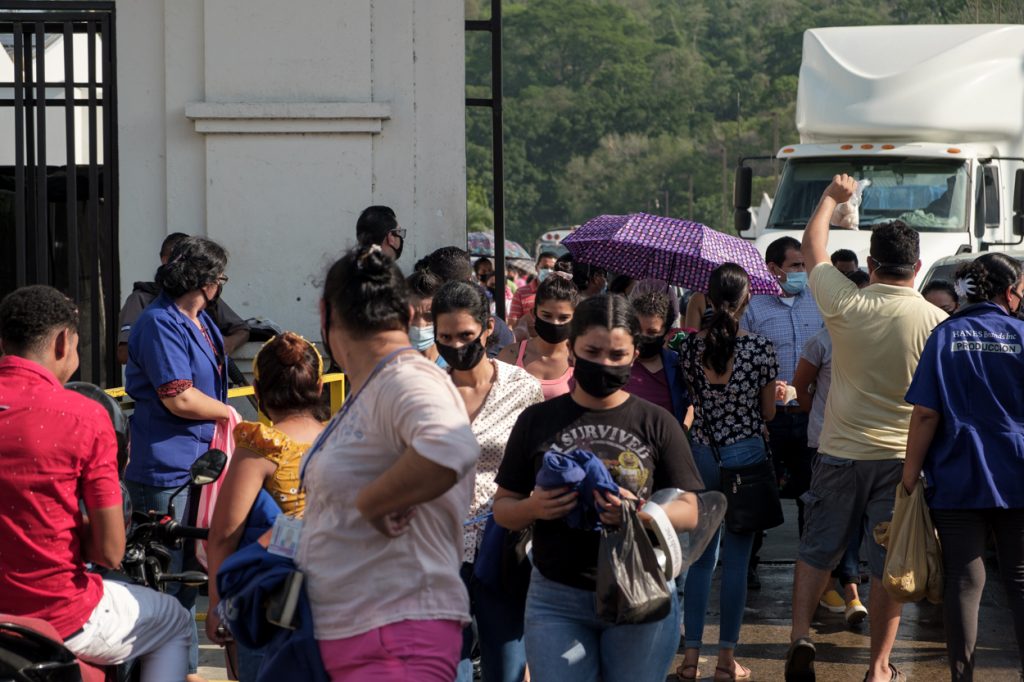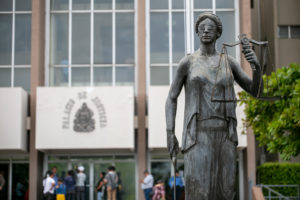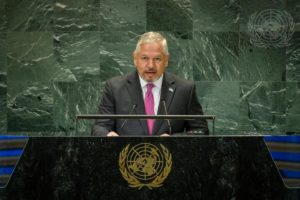Honduras currently has one of the worst vaccination rates in the world, with only 0.56% of its population vaccinated. This includes some 48,000 health care workers who aren’t confident that their second dose will arrive in the country on time. And while 32% of people have been fully vaccinated in the US, Central American countries such as Guatemala and Honduras could take 10 years or more for the whole country to be covered, based on their current rate.
By Allan Bu
Photos by Martín Cálix y Deiby Yanes
Since March 11, 2020, when the first COVID-19 patient was diagnosed in Honduras, the department of Cortés has been the epicenter of the pandemic. According to official statistics, this department has accounted for 29% of the 5,095 confirmed coronavirus-related deaths in the country.
Last month, the department of Francisco Morazán (58,225 cases) edged out Cortés (57,677 cases) as the department with the most confirmed cases, but hospital and health center occupancy remains high and the number of infections increased after the Easter holiday. Cortés, the most productive and thriving region of the country, has also been the hardest hit economically by the pandemic.
Dr. Lesbia Villatoro, head of the San Pedro Sula Metropolitan Health Region, says that coronavirus cases are decreasing. “We had a drop in cases based on the testing we have processed. In epidemiological week 12 (March 28 to April 3), which was before Easter, we confirmed 530 positive cases. But in the last two weeks (epidemiological weeks 14 and 15), we only confirmed 277 cases in week 14 and 140 cases in week 15. This represents a 50% drop in positive cases detected through testing,” she said.
According to SINAGER, the national emergency management system, 203,320 coronavirus cases and 5,141 deaths have been reported in Honduras since the pandemic began in March 2020. On April 22, 33% of the individuals tested were positive for coronavirus. This infection rate dropped to 28% on April 23 and 24, and decreased even further to 22% on April 25 and 26.
The battle against this silent and deadly enemy continues. One of the main defenses against the virus has been the country’s health care workers. Despite endless constraints and almost no support from an ineffective government, these health care workers have resolutely battled an unknown enemy.
According to a February 5 report by El Heraldo, 107 health care workers had died from the coronavirus by the time the Hernández administration began vaccinating medical personnel with the 5,000 doses donated by Israel. In March, another donation of 48,000 vaccine doses from the COVAX program was administered to Honduran health care workers. However, the Honduran government took the risky step of administering a single dose of a two-dose vaccine to these workers. The second dose must be administered by May 16, two months after the first dose, but the country still does not have enough vaccines to complete the immunization.
In March, the Honduran government claimed that it had signed a contract to purchase 4.2 million doses of the Sputnik-V vaccine from Russia, but only 6,000 doses have been delivered so far. The country is also waiting for 200,000 AstraZeneca vaccine doses purchased by the Honduran Institute of Social Security (IHSS), as well as another COVAX donation of vaccines. The National Congress has also modified laws to allow the Honduran Private Enterprise Council (Consejo Hondureños de la Empresa Privada – COHEP) to manage vaccine acquisitions. Still, no vaccines are available in Honduras.
Carlos Umaña, president of the IHSS Doctors’ Association, said, “Health care workers are stressed because time is running out to get the second vaccine dose by May 16.”
“There is a lot of stress among health care workers because the second dose is due on May 16 and it’s not yet available,” said IHSS physician Carlos Umaña.
“Unfortunately, the only thing we’re certain of is that COVAX is sending us a batch of vaccines. The IHSS will provide another 204,000 doses if they actually go through with it. We’ll have to wait and see what the IHSS will do with these doses – I haven’t received any information about this from government public health officials. I know that they’re starting to vaccinate the elderly, but I don’t know if they’ll use all the doses because they’re waiting for AstraZeneca to guarantee delivery,” said Umaña.
On February 1 this year, Minister Alba Consuelo Flores announced with the usual pomposity of the Hernández administration that the Ministry of Public Health had been working since July 2020 on its COVID-19 national vaccination plan, led by “a multidisciplinary, inter-institutional team, with advice from the National Vaccination Council.”
Flores explained that bilateral negotiations with several pharmaceutical companies have been underway since last year to obtain the doses needed to vaccinate the entire eligible population. However, Honduras currently has one of the worst vaccination rates in the world, with only 0.56% of its population vaccinated, according to data from the Avina Foundation, a Latin American organization for sustainable development. A more detailed analysis of this data is not at all flattering for Honduras.
As of mid-April, Chile is the Latin American country that has made the most progress in its vaccination program, expecting to complete it in another 10 weeks. Uruguay expects to complete its vaccination program in 11 weeks, followed by the Dominican Republic (36 weeks), Brazil (38 weeks), Argentina 50 (weeks), Mexico (53 weeks), Costa Rica (72 weeks) and Suriname (77 weeks). Currently, between 5% and 10% of the populations of these countries have been vaccinated.
The situation in the rest of Latin America is more dire, and Honduras is among the worst off. At its current rate of vaccination, it would take another 569 weeks for Honduras to fully vaccinate its eligible population. At the bottom are Guatemala (815 weeks), Paraguay (869 weeks) and Venezuela (1,219 weeks).
El Salvador leads the Central American region, with 10.4% of its population vaccinated, followed by Panama (9.46%), Costa Rica (8.85%), Nicaragua (0.93%), Guatemala (0.91%), and Honduras (0.56%). The Salvadoran government has vaccinated all teachers and has begun inoculating adults over 50 years of age and adults with comorbidities.
“We recognize that the vaccination process is part of the solution to this health crisis. The Ministry of Public Health continues to work hard, and is deploying medical brigades around the country that are responsible for the early identification of COVID-19 patients,” said Minister Flores.
Vaccine deliveries to Honduras
In Honduras, the only group that has been vaccinated so far is public sector health care workers. Using donated vaccines, three vaccination campaigns have been conducted to administer doses to 56,000 health care workers.
The first campaign targeted 2,500 staff working in the country’s intensive care units. The second campaign used the 48,000 doses donated by the COVAX program, which is a global initiative led by the Gavi Global Alliance for Vaccines and Immunization, the Coalition for Epidemic Preparedness Innovations (CEPI), the World Health Organization and UNICEF.
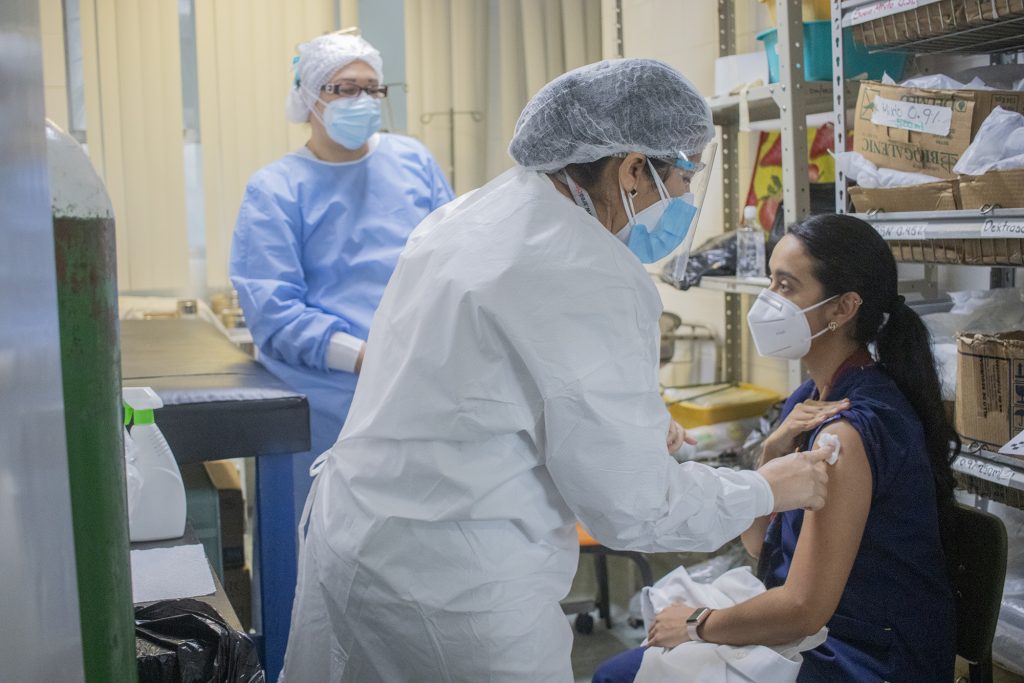
The COVAX donation saw health care workers in all the health regions and the IHSS vaccinated from March 16-18, and those in the metropolitan regions of San Pedro Sula and the Central District were vaccinated from March 16-21. Health care workers from the Ministry of Public Health and the IHSS were prioritized, as well as those working in private hospitals in the Central District and San Pedro Sula with high mortality rates.
The Honduran government cannot currently guarantee that the 48,000 people vaccinated in the second campaign will receive a second dose within the recommended two-month period between doses.
“The pharmaceutical companies have said that they should not be penalized for delivery delays because they are manufacturing vaccines at full production capacity. But now we have a lack of vaccines here and we’re lagging behind the world because we didn’t negotiate well,” says Dr. Umaña. He says that if they do not get vaccinated in the recommended time period, they will have to start the process all over again with the same vaccine, since changing vaccines requires another wait of several months. “I believe that there won’t be any problems because the IHSS and COVAX vaccines are coming, I think they will arrive on time,” said Dr. Umaña.
Dr. Lesbia Villatoro told Contracorriente that 3% of her staff were still unvaccinated, but they received additional vaccines on April 22 and 23. “We began immunizing with the AstraZeneca vaccines, and we hope to finish vaccinating with the 890 Sputnik vaccines assigned to us,” she said.
However, immunization of all front-line health care workers is far from complete in Honduras. While vaccination of these personnel in public facilities is close to 100%, those who work in the private sector have largely not been vaccinated.
“Don’t forget that San Pedro Sula has a number of private clinics and independent doctors. We’re working to cover the health care workers who haven’t been vaccinated yet because they work in private practices not hospitals, private or public. They are all front-line workers because they attend to patients at home and in their clinics, but they were not considered in our survey because they don’t work in hospitals. The survey was conducted to be able to estimate the number of vaccinations needed,” said Villatoro.
In El Progreso, the largest city in the department of Yoro, almost 100% of the staff working in public hospitals has been vaccinated,” says Dr. Roberto Castellanos, president of the local medical association. “Some staff were sick or on vacation and could not be vaccinated, but we administered doses to over 95% of the hospital staff. Everyone working at the IHSS was vaccinated and is waiting for the second dose.”
Dr. Castellanos acknowledged that front-line health care workers such as some nurses, people working in health-related areas, and laboratory employees “do not have access to the vaccine – it’s a large percentage,” he said.
In El Progreso, Dr. Castellanos said that they expect the second AstraZeneca doses to arrive on time for those who have already received the first dose. He added that their survey of health practitioners in private clinics indicated that “there are 65 doctors ready to be vaccinated when it becomes available.”
Dr. Suyapa Domínguez manages the vaccination process in the department of Yoro. She said that almost 99% of all health care workers in this department have been vaccinated. Nursing staff, environmental health technicians, specialists, laboratory technicians, cleaning staff, security guards, drivers – “all personnel working in public health facilities, including Yoro’s three hospitals, have been vaccinated.”
Dr. Dominguez said that as of April 21, a total of 2,287 people in Yoro had been vaccinated. “Very few were not vaccinated because there is always a little reluctance by some. About 13 people did not want to be vaccinated,” she said.

